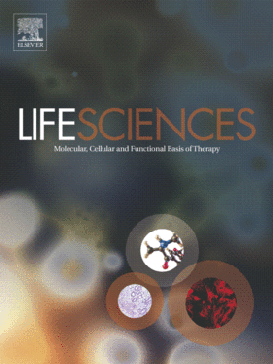
“Cannabinoid compounds are unique to cannabis and provide some interesting biological properties.
These compounds along with endocannabinoids, a group of neuromodulator compounds in the body especially in brain, express their effects by activation of G-protein-coupled cannabinoid receptors, CB1 and CB2.
There are several physiological properties attributed to the endocannabinoids including pain relief, enhancement of appetite, blood pressure lowering during shock, embryonic development, and blocking of working memory.
On the other hand, activation of endocannabinoid system may be suppresses evolution and progression of several types of cancer.
According to the results of recent studies, CB receptors are over-expressed in cancer cell lines and application of multiple cannabinoid or cannabis-derived compounds reduce tumor size through decrease of cell proliferation or induction of cell cycle arrest and apoptosis along with desirable effect on decrease of tumor-evoked pain.
Therefore, modulation of endocannabinoid system by inhibition of fatty acid amide hydrolase (FAAH), the enzyme, which metabolized endocannabinoids, or application of multiple cannabinoid or cannabis-derived compounds, may be appropriate for the treatment of several cancer subtypes. This review focuses on how cannabinoid affect different types of cancers.”
